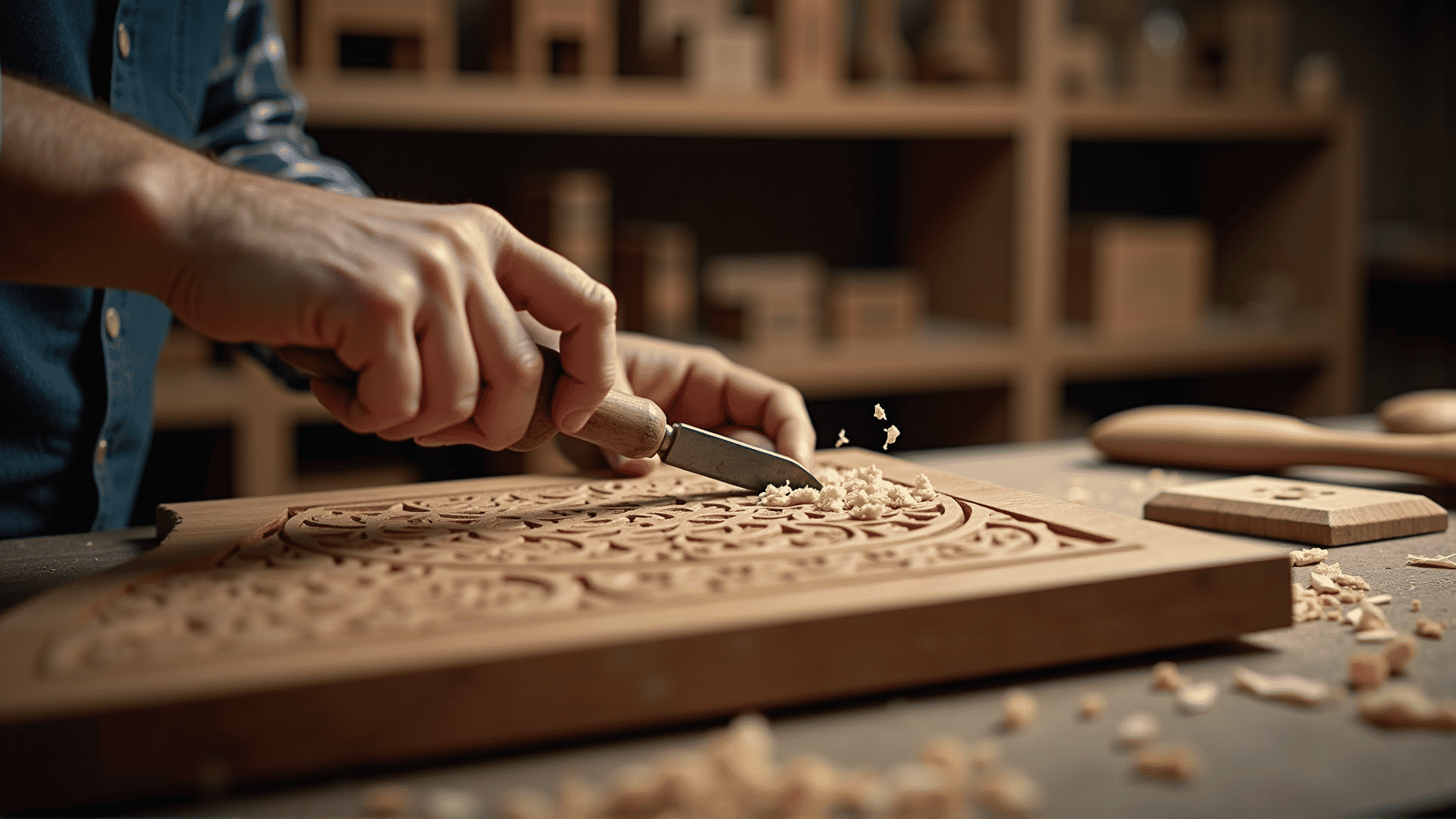In a world where mass production often trumps individuality, there remains a timeless allure in handcrafted artistry. This allure is no better exemplified than in the exquisite and meticulous design of handcrafted furniture pieces. These creations, born from the hands of skilled artisans, embody a perfect blend of tradition, creativity, and a dedication to superior craftsmanship that resonates through generations.
At the heart of handcrafted furniture is the artisan's attention to detail. Each piece is a reflection of countless hours spent honing techniques, selecting the finest materials, and infusing it with a unique style. Unlike their mass-produced counterparts, handcrafted pieces tell a story; they are narratives of the woodworker's journey, etched into every curve and line. The grain of the wood, the joinery, and the finishes are all thoughtfully considered, making each piece both a functional item and a work of art.
The meticulous process begins with the selection of materials. Artisans typically choose high-quality, sustainably sourced woods, ensuring that the furniture is not only beautiful but also environmentally responsible. Each piece of wood is carefully inspected for its grain pattern, texture, and color, with an eye for how these elements can enhance the overall design. This thoughtful selection is crucial as it forms the foundation upon which the rest of the crafting process is built.
Once materials are selected, the true artistry begins. With a variety of traditional tools that may include saws, chisels, and planes, artisans carve and shape the pieces by hand. Techniques such as dovetail joints, mortise and tenon, and hand-planed surfaces are employed to ensure structural integrity and aesthetic beauty. Each joint, each cut, and each curve is deliberate, requiring the artisan to draw on years of experience and precision.
The customization options available with handcrafted furniture allow for the expression of personal taste and style. Clients can collaborate with artisans to create bespoke pieces that fit specific dimensions, utilize particular wood types, or incorporate special design elements. This level of customization transforms clients from mere consumers into participants in the creative process, ensuring that the finished piece fits seamlessly into their lives and spaces.
Further highlighting the difference between handcrafted furniture and mass-produced items is the longevity and durability each piece offers. Constructed with care and superior craftsmanship, these pieces are built to withstand the test of time. Handcrafted furniture becomes more than just décor; it turns into a treasured heirloom to be passed down across generations, each with its unique patina and character that only time can impart.
In the bustling modern landscape, where efficiency and cost often dilute the essence of unique artistry, investing in handcrafted furniture is an investment in tradition, quality, and sustainability. These pieces serve as a reminder of the value found in human touch and the beauty that can flourish when passion and skill unite. Through handcrafted artistry, furniture transcends its functional roots to become a testament to heritage, an emblem of individuality, and a celebration of enduring craftsmanship.
